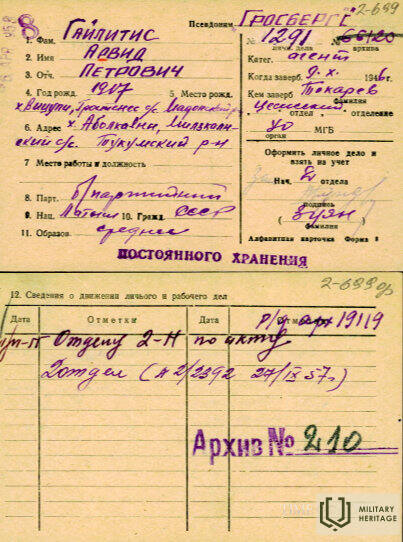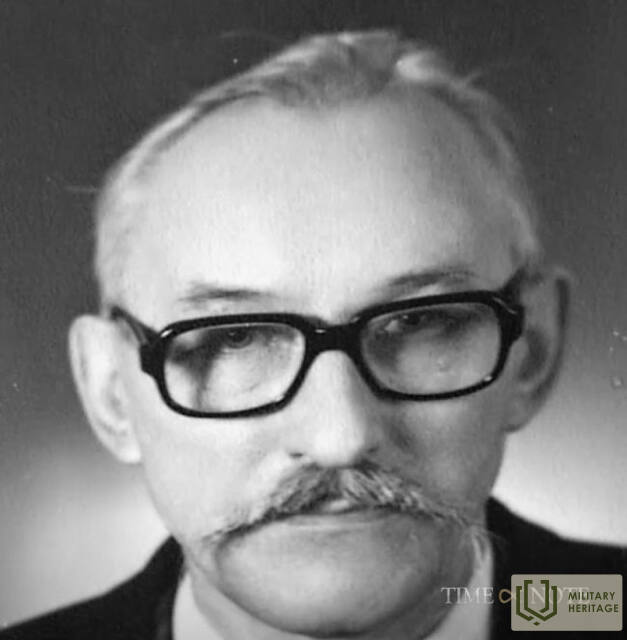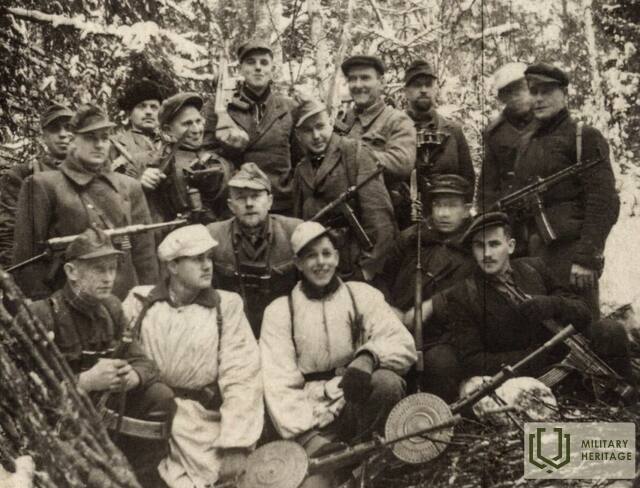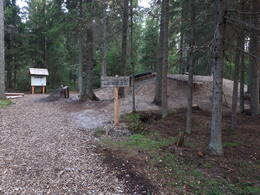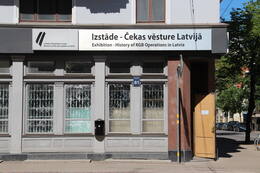The role of former legion lieutenant - Cheka agent Arvīds Gailītis in the liquidation of the Pēteris Čevers group
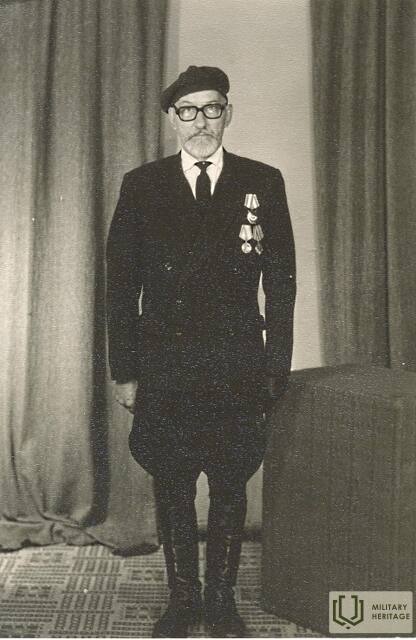
Captain Pēteris Čevers and seven other partisans were captured on November 1, 1950, in the Engure forest massif, where, quite by chance, a fake partisan group led by former Legion Lieutenant Arvīds Gailītis (the agent-combatant's nickname "Grosbergs") was stationed nearby. It included operatives of the Latvian SSR VDM and agent-combatants who posed as "forest brothers".
A fake partisan group led by former Legion Lieutenant Arvīds Gailītis (agent-combatant nickname "Grosbergs"), which included operatives and agent-combatants of the Latvian SSR VDM and who were posing as "forest brothers", heard an interference whistle while listening to the radio, which occurs when receiving another radio frequency, and went to find out who was listening to the radio in the forest.
Negotiations began between the two groups about possible cooperation, as Čevers confided in his legion comrade Gailītis, whom he knew personally. On November 1–2, 1950, during a joint meal in the Sulu Forest near Plienciems, seven national partisans – P. Čevers, J. Gura, A. Lauks, Ziedonis Āls, Valdis Dzelzgalvis, A. Dundurs and Ārends Lapiņš – were poisoned with an operational special agent – an alcoholic beverage "Neptun-2" mixed with drugs and captured unconscious.
Four forest brothers, including Cheverus, were sentenced to the ultimate punishment of being shot on July 24, 1951, while others were sentenced to long years of imprisonment in Gulag camps. Only a few of them later returned to their homeland.
The liquidation of this national partisan group is made especially tragic by the fact that the Chekists forced Lieutenant A. Laukas to become a traitor, who psychologically broke down already during the battle of February 3, when he tried to shoot himself, but was later recruited and provided information to the Soviet security authorities, as a result of which other members of the Chever group who were still at large were arrested or destroyed. On March 31, 1952, the last to be arrested and later executed was Artūrs Kalniņš ("Artūrs"), who had disguised himself by dressing in women's clothes and hiding with his girlfriend. In addition, his place of residence, driven by jealousy, was revealed to the Chekists by Kalniņš's former girlfriend.
If the total number of members of Cheever's national partisan group reached 20 people, then the number of their supporters was almost three times greater - these were at least 53 people and their family members.
Vandzene partisans and their supporters. The tragedy of the Blum family and the mystery of the "Valdu" houses / Article (lsm.lv)
Uldis Neiburgs (Dr. Hist., researcher at the Institute of Latvian History, University of Latvia)
Arvids Gailitis (timenote.info) https://timenote.info/lv/Arvids-Gailitis
Zigmārs Turčinskis - researcher at the Institute of Latvian History, University of Latvia.
Related timeline
Related topics
Related objects
Pēteris Čevers national partisan bunker
The bunker of the national partisans of Peter Chever is located in Lauciene municipality, about 4 km from the Talsi-Upesgrīva road. A trail covered with wood chips leads to the bunker. The renovated 31 square metre bunker is made of a concrete frame finished with half-logs of logs to create an authentic feel.
Captain Chever's group completed the bunker in the forest near Vangzene at the end of October 1949. It was planned to survive the winter of 1949-50. On 3 February 1950, the local forester betrayed the partisans and the bunker was attacked by a Cheka unit of more than 300 soldiers. At that time there were 19 people in the bunker - 17 men and two women. Six partisans fell in this unequal battle, but the others managed to break through two chains of Cheka siege by fighting their way through. By the end of the winter the partisans took refuge in surrounding houses with their supporters, but in the spring the group reunited until it was captured and destroyed in November 1950. After an attack by Cheka troops, the bunker was blown up and before it could be rebuilt, only a water-filled pit remained.
Exhibition in the KGB Building "History of KGB Operations in Latvia"
The former USSR State Security Committee (commonly known as Cheka) building is open for visitors. Here chekists imprisoned, interrogated and murdered Latvian citizens who were considered opponents by the occupation regime. There is also an exhibit from the Latvian Occupation Museum on the activities of Cheka in Latvia. Guided tours of the prison cells, corridors, basement and courtyard are available. The house was built in 1911 and it is one of the most beautiful buildings in Riga. Called the ‘Corner House’ by the people, it was the scariest symbol of the Soviet occupation regime in Latvia, and also one of the pillars of power of the USSR. Cheka operated from the Corner House during the occupation from 1940 to 1941 and then again from 1945 to 1991. Tens of thousands of Latvians were affected by direct political persecution. The fight against enemies of Soviet rule continued also after World War II. Cheka’s approach towards its operation slightly changed after Stalin’s death. Physical torture was replaced by psychological terror. The majority of Cheka agents were Latvians (52%). Russians were the second largest group – 23.7%. 60.3% of the agents were not members of the Communist Party. 26.9% of the agents had higher education. The system was designed in a way to involve local people and thus have greater control over the society. Staff documents and service records are located in Russia. And these materials have not been made available to Latvian authorities and researchers.




